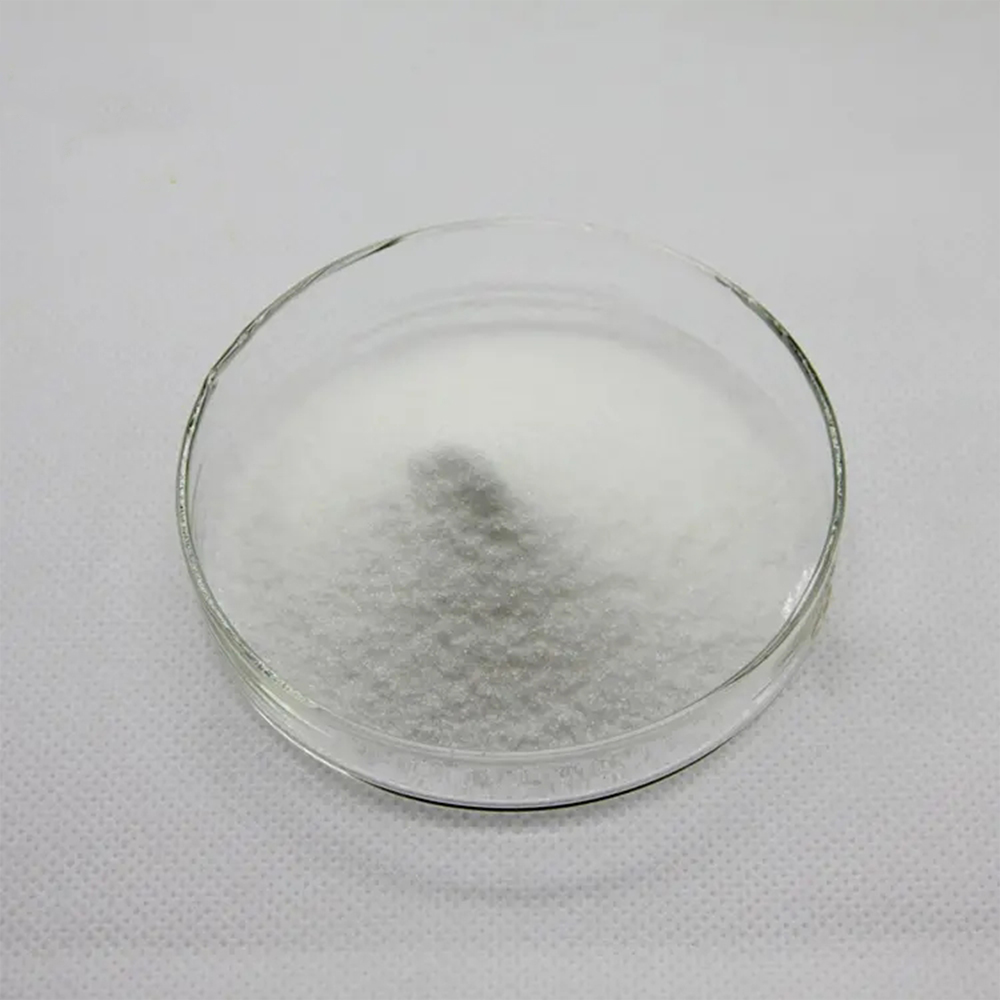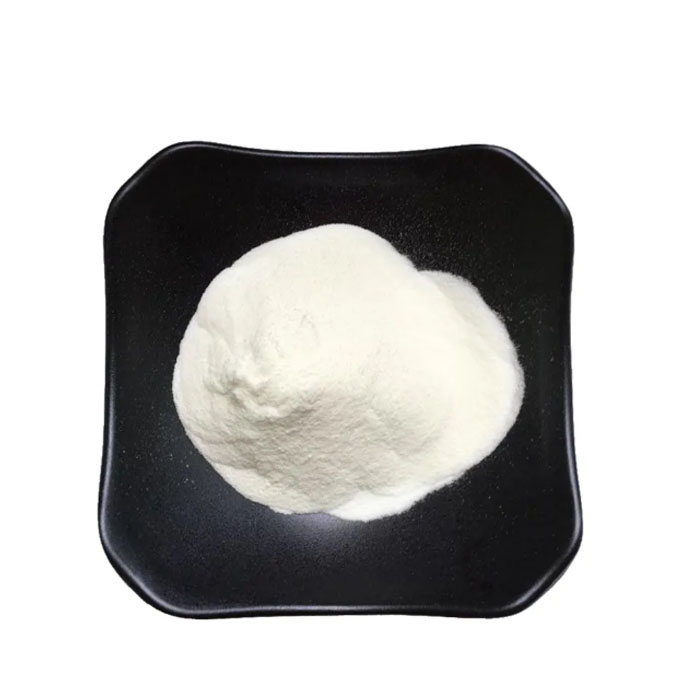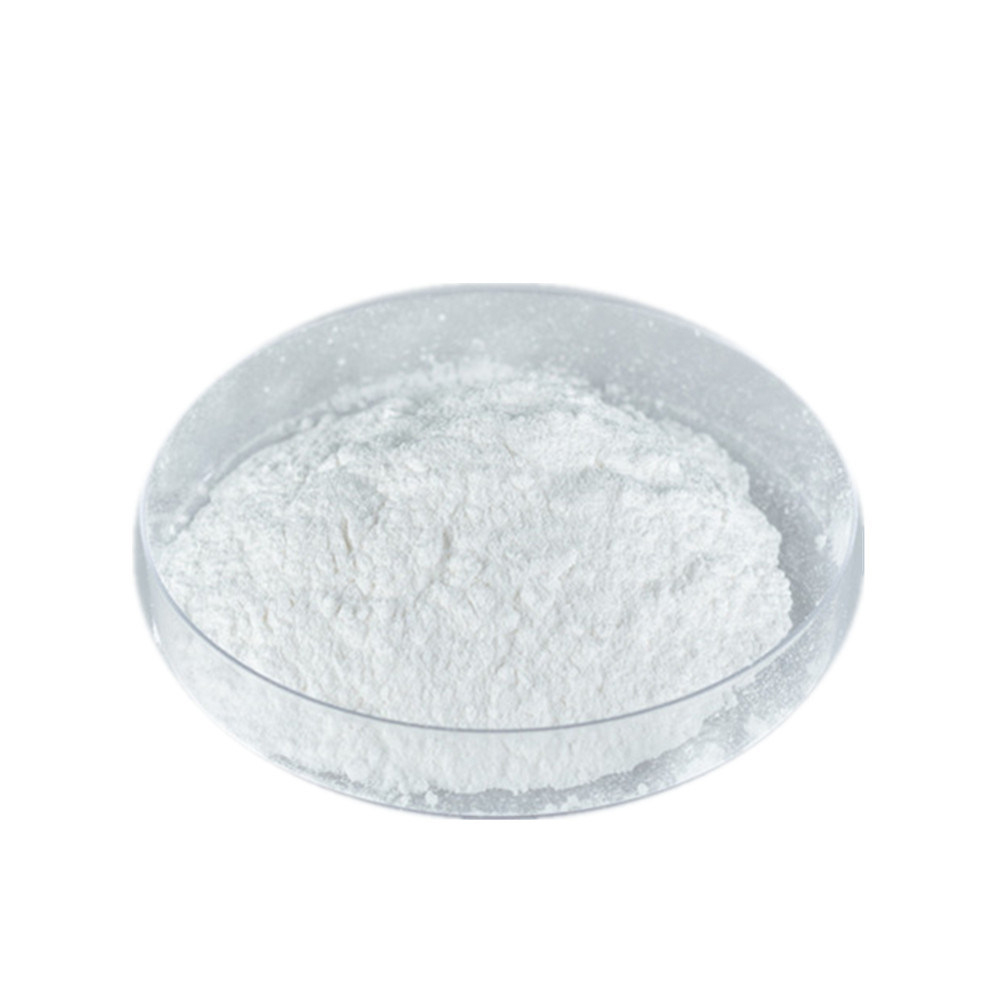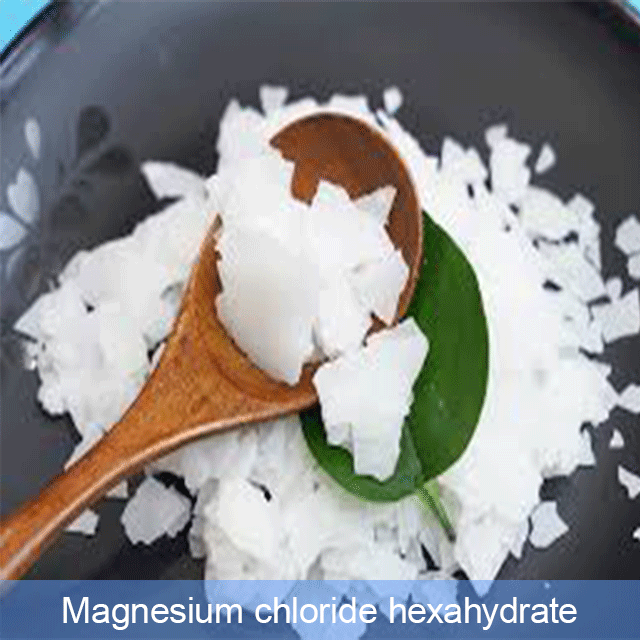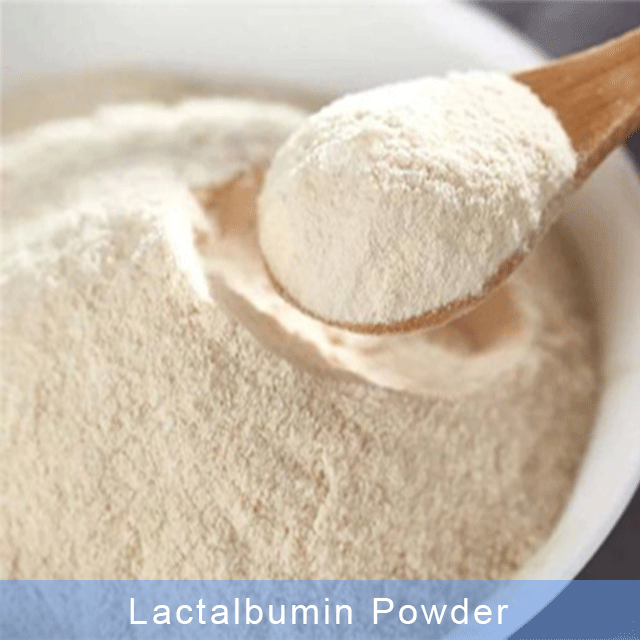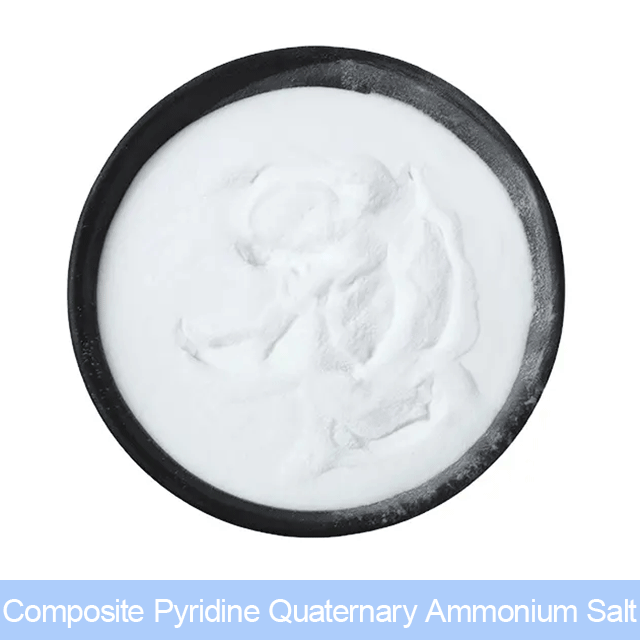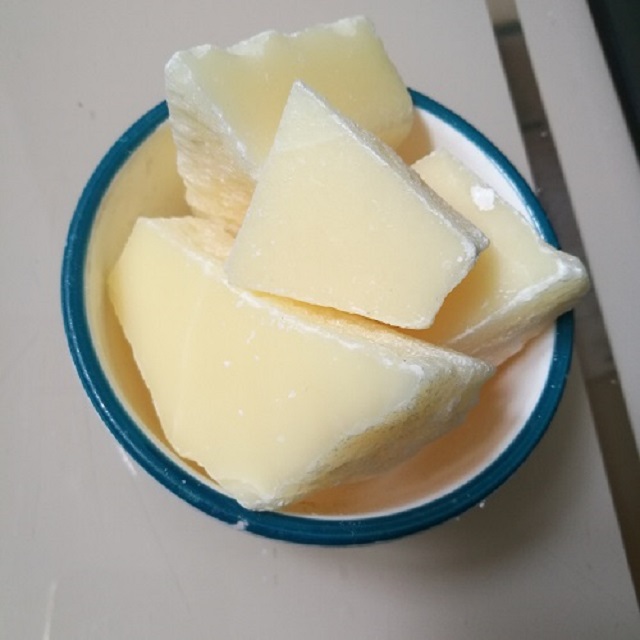Gallic acid
Gallic acid
Cas number:149-91-7
Appearance:white powder
Grade:Pharmaceutical Grade、food grade
Gallic acid (GA) is a component of hydrolyzable tannins, also known as gallic acid, with the chemical name 3,4,5-trihydroxybenzoic acid. The content of gallic acid in Yunnan Pu’er tea is relatively high, and it has many biological effects such as antibacterial, anti-inflammatory, anti-tumor, and anti-mutation. Gallic acid itself has significant antioxidant effects, and also has many functions such as anti-tumor, killing trypanosomes, protecting the liver and anti-hepatitis B virus. Recent studies have pointed out that gallic acid may be one of the effective components of Pu’er tea that inhibits the synthesis of cholesterol in HepG2 cell lines. On the overall level, the gallic acid content in Pu’er tea (9.01 mg/g) is higher than that of some other plant Chinese medicinal materials. In this sense, gallic acid is one of the important physiologically active components of Pu’er tea. Uses Gallic acid has many uses in pharmaceuticals, inks, dyes, food, light industry and organic synthesis. Gallic acid and trivalent iron ions generate blue-black precipitates, which are the raw materials of blue-black ink; they are also used in leather making in industry; they can also be used as photographic developers. Propyl gallate is an antioxidant and can be used in edible oils to prevent rancidity and deterioration. In medicine, gallic acid is a hemostatic astringent and a mild local irritant. It has antibacterial effects and can treat bacillary dysentery. It has astringent, hemostatic and antidiarrheal effects. It can be used as a preservative. It can be used to prepare pyrogallic acid, drugs, inks, mordant dyes and explosion-proof agents. It is also used as a developer and an analytical reagent for detecting free inorganic acids, dihydroxyacetone, alkaloids and metals. It can be used as a preservative, and can be used to prepare mordant dyes and explosion-proof agents. It is used as a chemical reagent and is mainly used as a coloring agent for blue-black ink. It is used in the pharmaceutical industry to prepare the sulfonamide synergist TMP and as a compounding agent for sulfonamide drugs such as SMZ and SD. It is used in the food industry to prepare the preservative propyl gallate. It is used in the defense industry to prepare explosion-proof agents. In addition, it can also be used in the production of mordant dyes and as a developer, etc. It is used as a depolarizer in electrochemical analysis; used to reduce phosphomolybdic acid; used to test antimony, barium, bismuth, calcium, cerium and copper, etc.; used to determine phosphorus, nitrite, silver, thorium and titanium, etc. A water-soluble phenolic acid found in grapes and leaves of many plants, it is an effective in vitro antioxidant.
Related products
-
Food Grade
Magnesium chloride hexahydrate
-
Food Grade
Lactalbumin Powder
-
Food Grade
Composite Pyridine Quaternary Ammonium Salt
-
Cosmetic Grade
POLYGLYCEROL-10STEARATE(CanowQ-18C-10)


